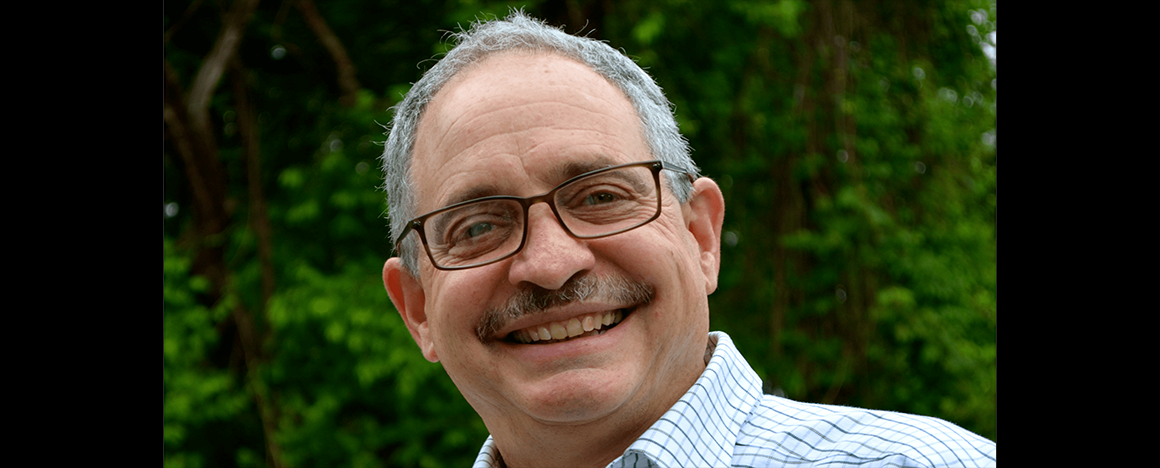Tufts University congratulates David Kaplan

Tufts University celebrates the induction to the U.S. National Academy of Engineering of David Kaplan, Stern Family Professor of Engineering, Distinguished Professor, and Chair of the Department of Biomedical Engineering
Congratulations to Professor Kaplan! As we celebrate, we're looking back at the Kaplan Lab’s history of forward-thinking research. In the last two years alone, Kaplan and lab members have developed novel 3D tissue models, molded silk into new products, and made inroads into the quest to grow meat from animal cells.
Novel 3D human tissue culture models
The lab works extensively on tissue models with implications for further medical research. Published in ACS Biomaterials Science & Engineering, the team developed three-dimensional human tissue culture models for the brain and demonstrated neural activity over a long period of time. These systems were developed in collaboration with the Department of Neuroscience at the Tufts Graduate School of Biomedical Sciences. The tissue model allows researchers to explore cell interactions, disease progression, and response to treatment – particularly useful in the study of traumatic brain injury and the origin of diseases.
Using that model, Kaplan Lab researchers and colleagues were able to study the role of different cell types and mutations in Alzheimer’s disease, in research published in Science Advances, funded by the National Institutes of Health and by donations from Tufts alumni, friends, parents, and other private donors. In 2020, the researchers led by postdoctoral research fellow Dana Cairns demonstrated a possible causal relationship between Alzheimer’s disease and herpes. The model continues to enable future study into the causes of and treatments for Alzheimer’s disease.
Biomedical uses of silk
In research described in Nature Materials, researchers developed an efficient fabrication method for silk that meant it could be heated and molded into solid forms for a wide range of applications that included medical devices. “The starting material – the nanopellets – are also very stable and can be stored over long periods. These are significant advances that can improve the cost, application, and scalability of silk product manufacturing,” said Research Assistant Professor Chunmei Li.
The Kaplan Lab’s research has found numerous collaborators at Tufts. Over the past decade at Tufts School of Dental Medicine, student researchers have drawn on the Kaplan Lab’s pioneering use of silk in biomedical applications. With silk produced by the lab, dental students have tested ideas from incorporating silk powder into dental restorative materials, to using silk fiber films to release antibiotics.
Cellular agriculture
One of the lab’s newest research focus areas lies in more ethical, efficient, safe, and environmentally-friendly ways to enhance the color and texture of cultured meats and to produce protein-rich foods like meat through the use of tissue engineering. Led by researchers such as PhD students John Yuen, Andrew Stout, and Natalie Rubio, the Kaplan Lab is exploring ideas like growing meat directly from a range of animal cells, using inexpensive, abundant polymers such as those found in crab shells and fungi. “Alumni from our group have fanned out across the globe to help create the foundation of a nascent cell-based agricultural industry,” said Kaplan.
Right here at Tufts, Kaplan Lab members now teach a popular course on cellular agriculture, or the process of using engineered tissues to generate foods of the future, introducing a new group of students to the expanding impact of cellular agriculture every spring. The activities in cellular agriculture have expanded collaborations with the Department of Biology, the Cummings School of Veterinary Medicine, and the Friedman School of Nutrition.
Learn more about the Kaplan Lab and about the Initiative for Neural Science, Disease & Engineering, which Kaplan leads.